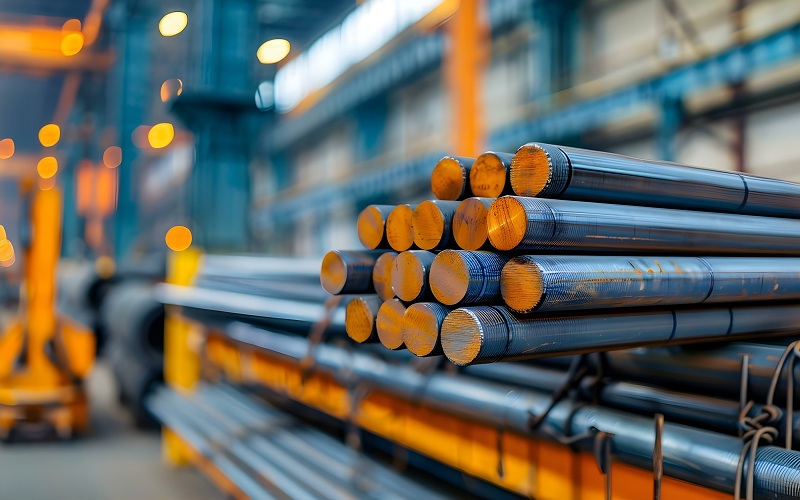What Makes Materials Stronger and More Resilient?
From skyscrapers that reach the clouds to spacecraft that leave the atmosphere, human engineering marvels rely on ultra-strong, ultra-durable materials. But what exactly gives these materials their extraordinary strength and resilience?

Bonding For Strength
At the atomic level, a material’s strength comes down to the attractive forces holding its particles together – the stronger the atomic bonds, the stronger the overall material. That’s why ultra-resilient substances often involve covalent bonds, which are much stronger than the bonds in metals or plastics.
Diamond and carbon nanotubes get their extreme hardness from a tight, interlocked network of strong covalent carbon-carbon bonds. Ceramics like silicon carbide rely on a mix of ionic and covalent bonds arranged in tightly packed crystalline structures. The more cross-linked and less “floppy” those bonds, the greater a material’s hardness and compressive strength.
Building Toughness With Composites
While strong molecular bonds provide hardness, a different strategy is needed for overall toughness to resist cracking or shattering impacts. That’s where composite materials come into play, blending multiple components for a tailored blend of properties.
Carbon fiber reinforced polymers remain a popular composite for applications where high strength-to-weight is paramount. The interwoven carbon fibers provide incredible tensile strength, while polymer resins like epoxies bind everything together with flexibility and resilience.
Other advanced composites use phenolic prepreg resins, aramid fibers, and even ceramics to create tailored, damage-tolerant materials able to withstand punishing forces and temperatures. According to the folk at Axiom Materials, engineers can essentially build resilience into a material from the ground up.
The Power of Molecular Architecture
Beyond just strong bonding, controlling a material’s molecular structure is key to engineering resilience. Precise techniques allow materials scientists to control things like crystallinity, molecular orientation, and distribution of molecules.
Liquid crystal polymers exemplify this strategy. During manufacturing, their molecules can be aligned in a strong, heat-resistant ordered structure. Ultra-high-molecular-weight polyethylene also derives its remarkable toughness from an incredibly packed, oriented molecular architecture created through special processes.
Harnessing Intricate Geometries
You’ve probably noticed advanced materials rarely have a solid, uniform construction. Rather, their internal geometry features complex micro- or nano-scale patterns for added durability. Aluminum honeycombs, metallic foams, carbon nanotube arrays; this intricate architecturing helps distribute and deflect forces in unique ways.
One amazing example is micro-lattice materials with a precisely engineered 3D lattice of microscopic hollow tubes. Despite being incredibly lightweight, these materials exhibit superior damage tolerance by gradually buckling under forces rather than shattering. Nature’s been using similar micro-architectural strategies like diatom shells and honeycomb for eons.
Self-Healing, Shapeshifting Superpowers
For the ultimate in resilience and durability, some revolutionary materials take inspiration from the natural world to build in self-repairing and responsive capabilities. Self-healing polymers, for instance, can automatically repair cracks or damage using encapsulated healing agents that are released on impact.
Meta-materials take it a step further, using molecular building blocks precisely arranged to manipulate everything from electromagnetic radiation to mechanical forces. They essentially bend the rules of physics through genius material engineering, morphing their properties as situations demand.
The Future of Tough
While today’s materials continue to get more resilient through the techniques above, the future promises advanced reinforcement on a whole new scale: the nanoscale. Reinforcing or even interspersing materials with carbon nanotubes, graphene, and other ultra-strong nanoparticles may create a next generation of resilient composites. Pair that with 3D printing complex micro-architectures, and we could soon construct nearly any object to exhibit phenomenal strength and robustness personalized for its use.
Conclusion
Our mastery of material science is forever redefining the limits of what’s possible with strength, resilience, and durability. We’ve already accomplished engineering feats previously thought impossible. But the future of tough materials will likely leave us even more awestruck.
